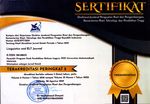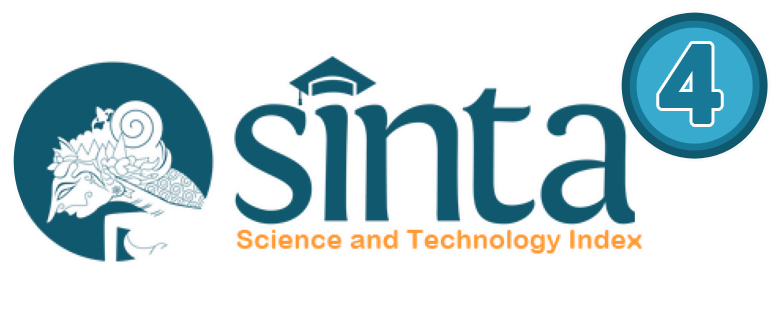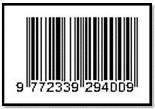Types and Meanings of Idiomatic Expression Used in Bruno Mars Song
Abstract
This paper examines types of idiom and meaning that found in song lyric of Bruno Mars. In clarifying the meaning of idiom, it is not only find the word from the contextual meaning but also the speakers condition when uttering the message. This study was conducted using a descriptive qualitative approach focusing on idiomatic expressions and meanings. This study is a qualitative research and data was taken from Bruno Mars album. The researcher used Siedl and Mc Mordie theory to investigate the type of idioms and meanings. From the findings, there are four types of idiom found such as special categories, noun with preposition, verb with preposition and preposition with adverb.The idiom meaning had strong message that delivered in the song. In order to investigate the meaning of idiom that found in Bruno Mars lyrics, the researcher used Leech theory and found two types of meaning in Bruno Mars song lyric
Keywords
Full Text:
PDFReferences
Boers F. (2008). Language Awareness : Understanding Idioms at mcmillanddictionary.com . http://www. Mcmillandictionaries.com/ MEDMagazine /February2008/49-LA-Idioms-Print.htm
Brown, S. (2004). Introduction to Linguistics. Jakarta: Rineka Cipta.
Crowl, Thomas,K. (2006). Fundamentals of Education Research. University of New York : Brown and
Benchmark Publisher.
Choerunnisa,P.D. (2013). An Analysis of Contextual Meaning on The Idiomatic Expression in Parents
Trap film Script. Bandung : Universitas Pendidikan Indonesia , A Thesis.
Chosky, L. (2006). Comprehensive Music Education. Englewood Cliffs, NJ, United States: Prentice Hall
Davies, Martin (2003). Proceeding of the Aristotelian Society. New Jersey : Blackwell Publishing
Dixon, Robert J. (2004) Essential Idioms in English. USA : Regents Publishing Company, Inc.
Finegan, E. (2004). Language, Its Structure and Use, 4 th Edition. New York: Thompson Wasworth
Fromkin, Victoria and Rodman, Robert (1987). An Introduction to Language. New York: Holtrinehart
And Wiston
Jaszczolt, Katarzyna,M; Turner, Ken. (2003). Meaning Through Language Contrast. Jhon Benjamin
Leech, Geoffery (1985). Semantic Study of MMeaning. 2 th Edition. New York: Penguin Book.
Lim, T.C. (2004). Advanced English Idiom. Jakarta: Erlangga.
Krippendorff, K. (2010) . Content Analysis . Oxford : Oxford University Press.
Lyons, Jhon. (1996). Semantic. New York: Cambridge University Press Ltd
Mantyla,K. (2004). Idiom and Language User. Findland: University of Jyvaskyla Press.
Miles, B.M. and Huberman, M.A. (1994). Qualitative Data Analysis, 2 th Edition. London: International
And Professional Publisher.
Raja, Tewfik Nasr (1994). The Essential of Linguistic Science. London: Longman
Recanati, F. (2004). Literal Meaning. Cambridge : Cambridge University Press.
Saeed, L.Jhon. (2005). Semantic. Malden: Blackwell Publisher
Seidl, J & McMordie, W. (1998). English Idiom, 5 th Edition. New York : Oxford University
Suryanata , Aditia Wahyu (2011). An Analysis of Idioms in Song Lyric : A Case of Album “The Poison” In Bullet for My Valentine. IKIP PGRI Semarang
Yule, G. (2006). The Study of Language, 3 th Edition. New York: Cambridge University Press.
DOI: https://doi.org/10.31764/leltj.v9i1.4918
Refbacks
- There are currently no refbacks.
Copyright (c) 2021 Linguistics and English Language Teaching Journal

This work is licensed under a Creative Commons Attribution-ShareAlike 4.0 International License.
_____________________________________________________
Linguistics and ELT Journal
p-ISSN 2339-2940 | e-ISSN 2614-8633

LELTJ is licensed under a Creative Commons Attribution-ShareAlike 4.0 International License.
_____________________________________________________
LELTJ is abstracting & indexing in the following databases:
_____________________________________________________
LELTJ Editorial Office:













